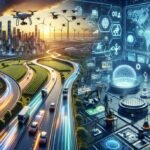Artificial intelligence is increasingly becoming a part of the creative landscape, contributing to art, music, and literature in ways that were once thought impossible. This collaboration between human creativity and machine learning is reshaping how we think about the creative process.
Understanding AI's Role in Creativity
Artificial intelligence (AI) is changing the creative landscape, which was traditionally a human-only domain. AI is now involved in creating art, music, and literature, working alongside human creators.
In visual arts, programs like DeepArt have become useful tools for artists. They can add unique details or help finish a piece. DeepDream creates intricate images that challenge our perception. These AI tools allow for a blend of human creativity and machine-generated elements.
In music, AI is making its mark as well. Tools like AIVA can compose music by analyzing existing pieces and creating new tracks based on what they've learned. Musicians often collaborate with AI, resulting in innovative compositions.
Writing is another area where AI is making an impact. Programs like GPT-3 can generate articles and stories based on vast amounts of text data. While AI can be a helpful tool for writers, it's more likely to assist with editing or overcoming writer's block rather than replacing human creativity entirely.
The creative process with AI is about collaboration. Artists and writers initiate the process, and AI tools contribute by offering new perspectives or techniques. This partnership allows for a blend of human intuition and machine efficiency.
While AI doesn't experience emotions like humans do, it can analyze and remix data to create expressions that resonate with people. This ability allows AI to contribute to the creative process in unique ways, even if it doesn't fully understand the emotional depth behind its creations.
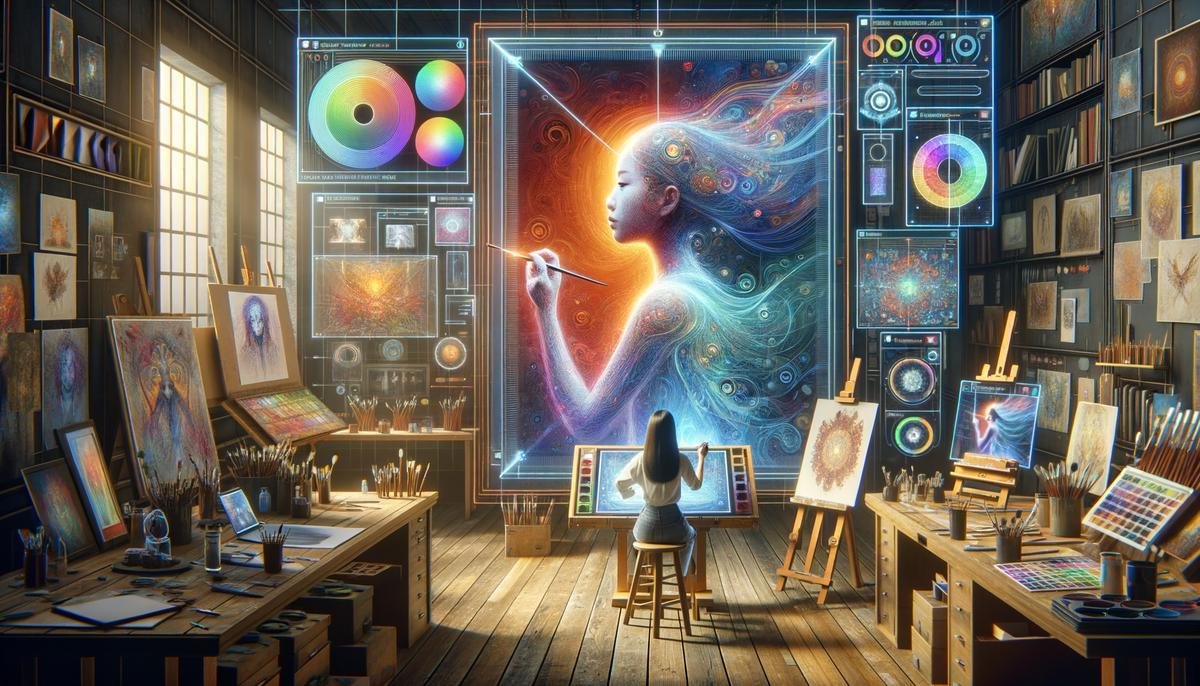
Machine Learning and Creative Processes
Machine learning algorithms and neural networks are the core technologies behind AI's creative capabilities. These systems process large amounts of data to identify patterns and learn from existing works of art, music, and literature.
Neural networks, inspired by the human brain, connect various data points to make decisions about what feels artistically appropriate. They learn through trial and error, adjusting their methods to produce results that can be comparable to human-created works.
Generative Adversarial Networks (GANs) use a competitive process where one part creates and another critiques. This back-and-forth refines the output until it meets certain quality standards.
AI's creative outputs aren't simply recycled data; they combine concepts in new ways that can sometimes surprise even their developers. However, AI is still limited by the data it's trained on and doesn't venture into completely uncharted territory without guidance.
In the creative process, AI serves as a tool that can offer innovative ideas and perspectives. It complements human creativity by providing a different approach to problem-solving and idea generation.
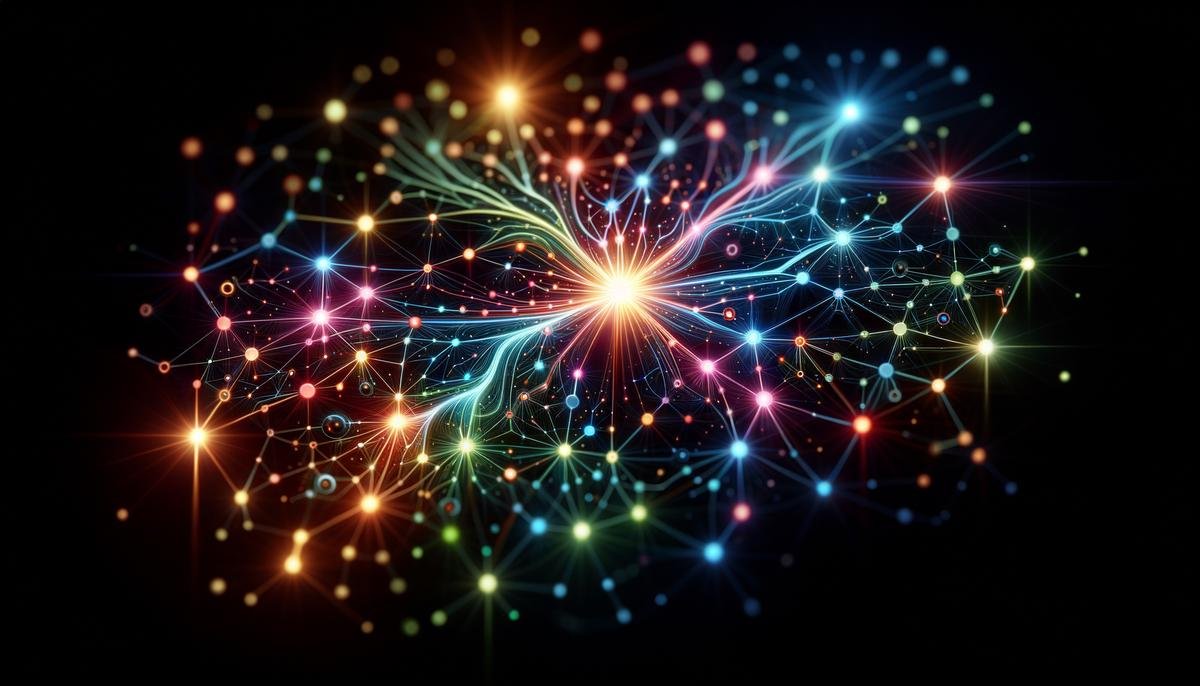
Challenges and Limitations of AI Creativity
Despite its capabilities, AI faces several challenges in the creative realm. One significant limitation is its struggle with emotional depth. While AI can mimic emotional elements in art or music, it doesn't truly understand or feel emotions the way humans do.
Originality is another challenge for AI. It excels at remixing and analyzing existing works but often struggles to create something entirely new. AI-generated works may echo elements of their training data, which can limit true innovation.
Ethical and legal questions also arise with AI creativity. Issues of authorship and intellectual property rights become complex when AI is involved in the creative process. Current laws may need updating to address these new scenarios.
Bias in AI outputs is a concern as well. Since AI learns from existing data, it can inadvertently perpetuate societal biases present in that data. This raises questions about representation and diversity in AI-generated content.
These challenges highlight the need for careful consideration as AI continues to evolve in the creative space. The goal is to harness AI's potential while addressing its limitations and ethical concerns.
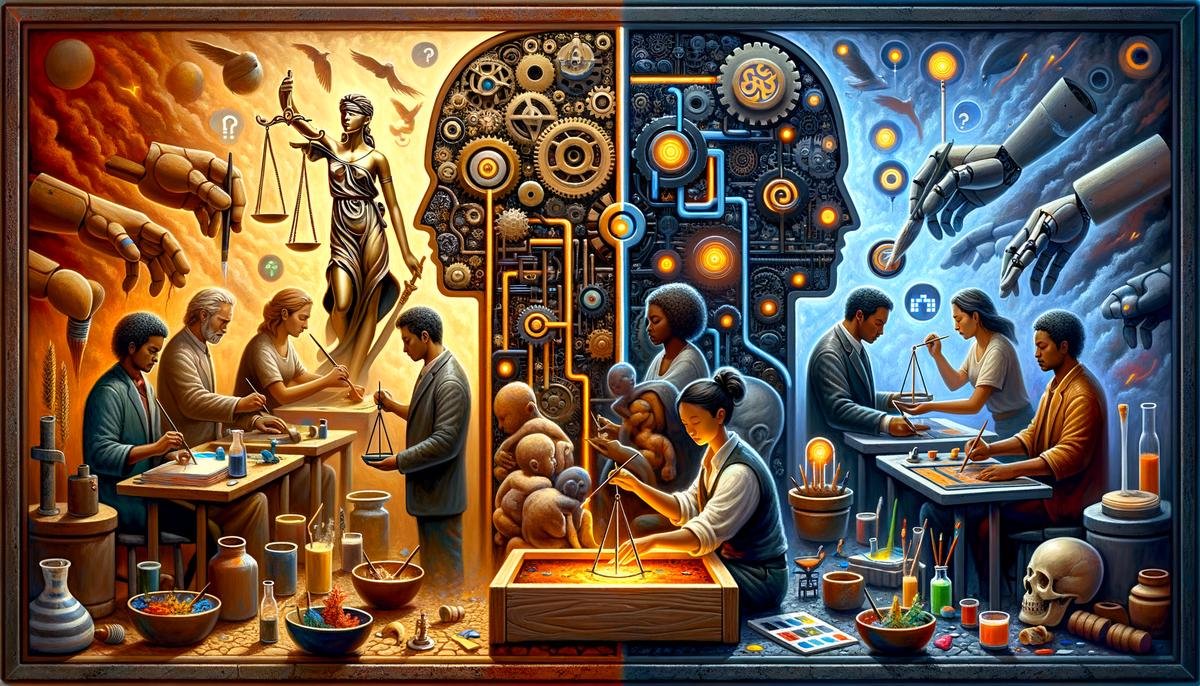
AI and Human Collaboration
AI can be a valuable collaborative partner in the creative process. It can offer new perspectives and help overcome creative blocks by suggesting ideas or approaches that humans might not consider.
- In writing, AI might propose unexpected plot twists or word choices.
- For visual artists, it can generate unique patterns or color combinations.
- This collaboration can push creative boundaries and inspire new directions in various art forms.
AI tools can serve as a constant source of inspiration, helping to overcome creative blocks. They can analyze existing works and suggest new possibilities based on that analysis.
However, the collaboration between humans and AI requires learning and adaptation. Creatives need to learn how to effectively communicate with and utilize AI tools to enhance their work without losing their unique voice.
As AI technology advances, the partnership between human creativity and AI capabilities offers exciting possibilities. It's not about AI replacing human creativity, but about enhancing what's possible when both work together.
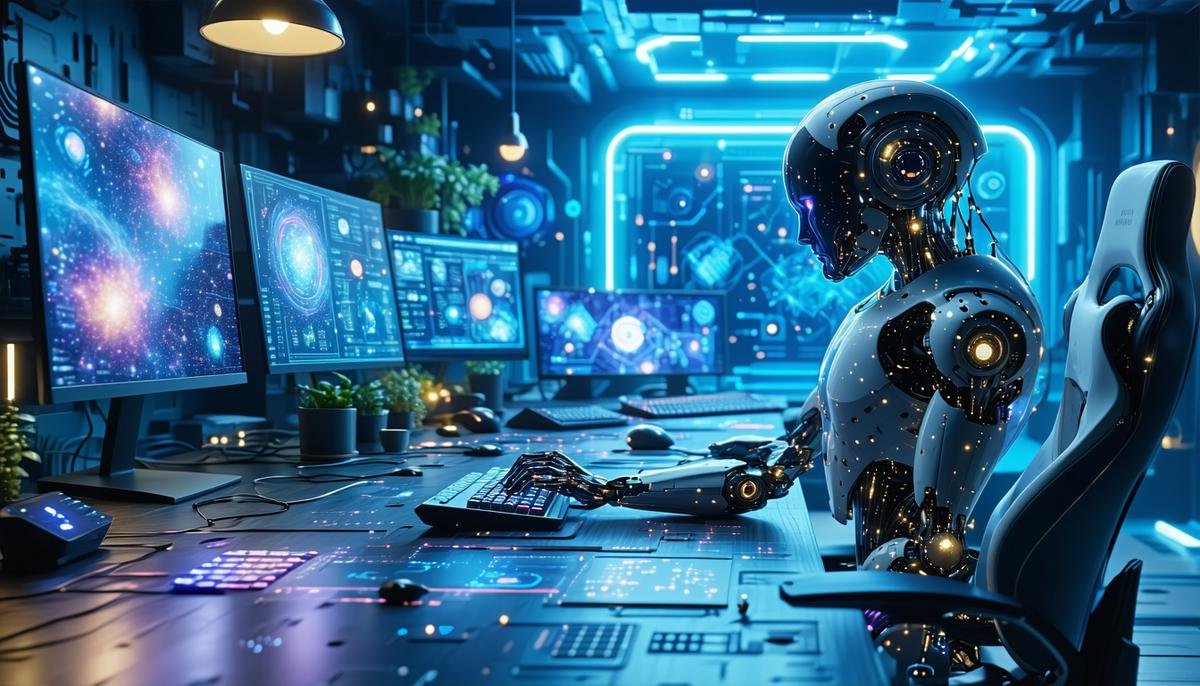
In the partnership between AI and human creativity, a new frontier emerges, blending human intuition with technological innovation. This collaboration is not about AI taking over but about enhancing what is possible when both work together.
- Goodwin R. 1 the Road. Jean Boite Editions; 2018.
- Obvious. Edmond de Belamy. Christie's Auction House; 2018.
- Anadol R. Machine Hallucinations. MoMA; 2020.
- OpenAI. DALL-E: Creating Images from Text. 2021.
- Google Arts & Culture. The Next Rembrandt. 2016.




